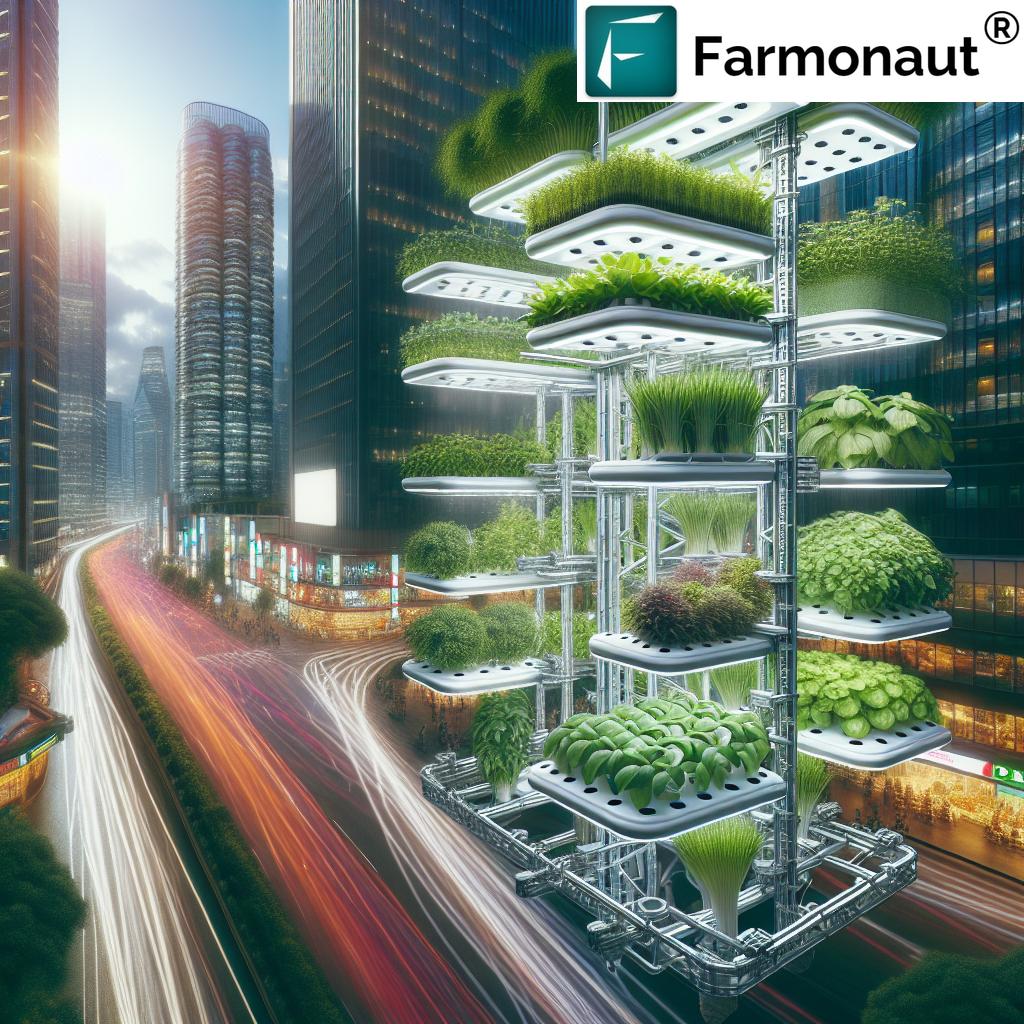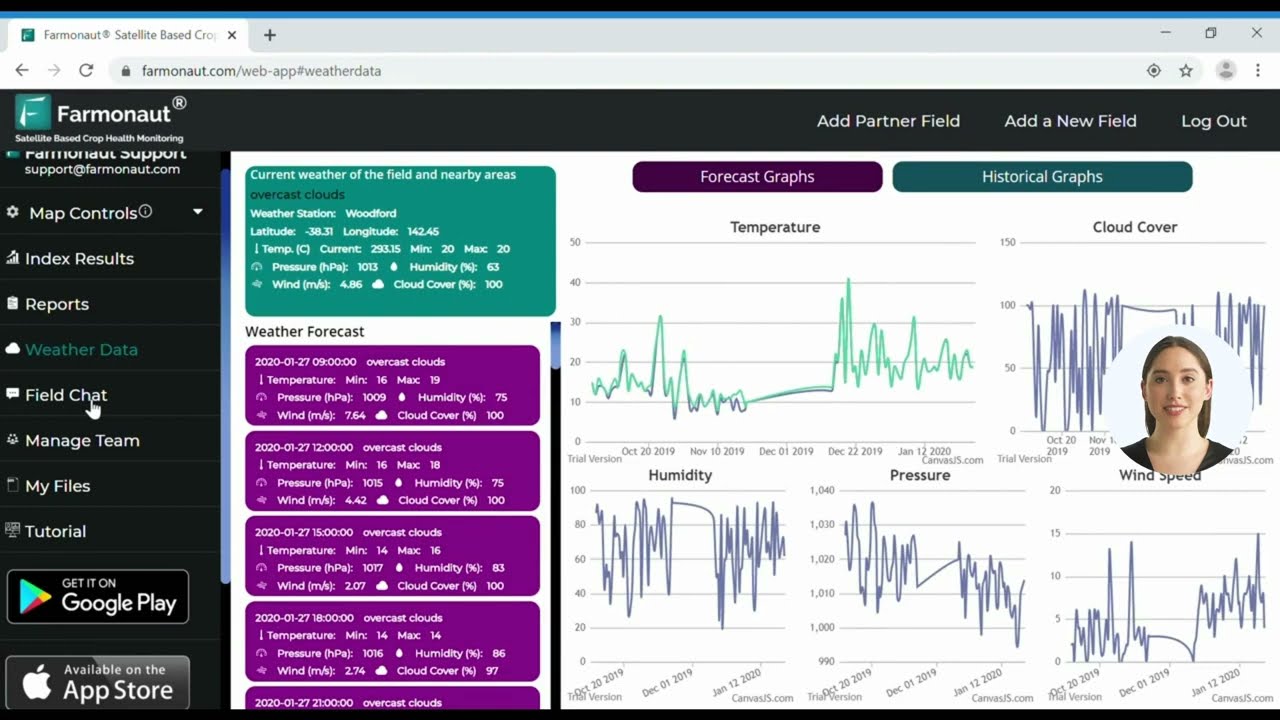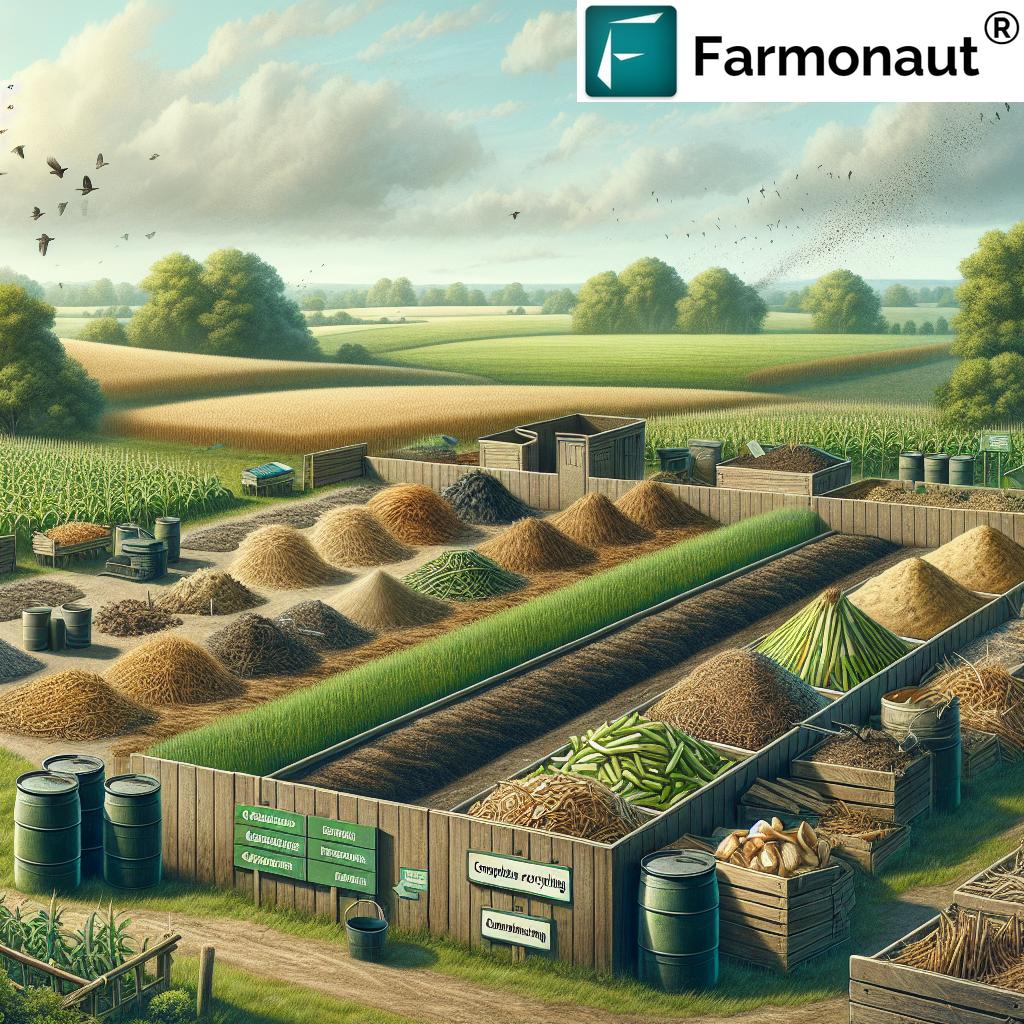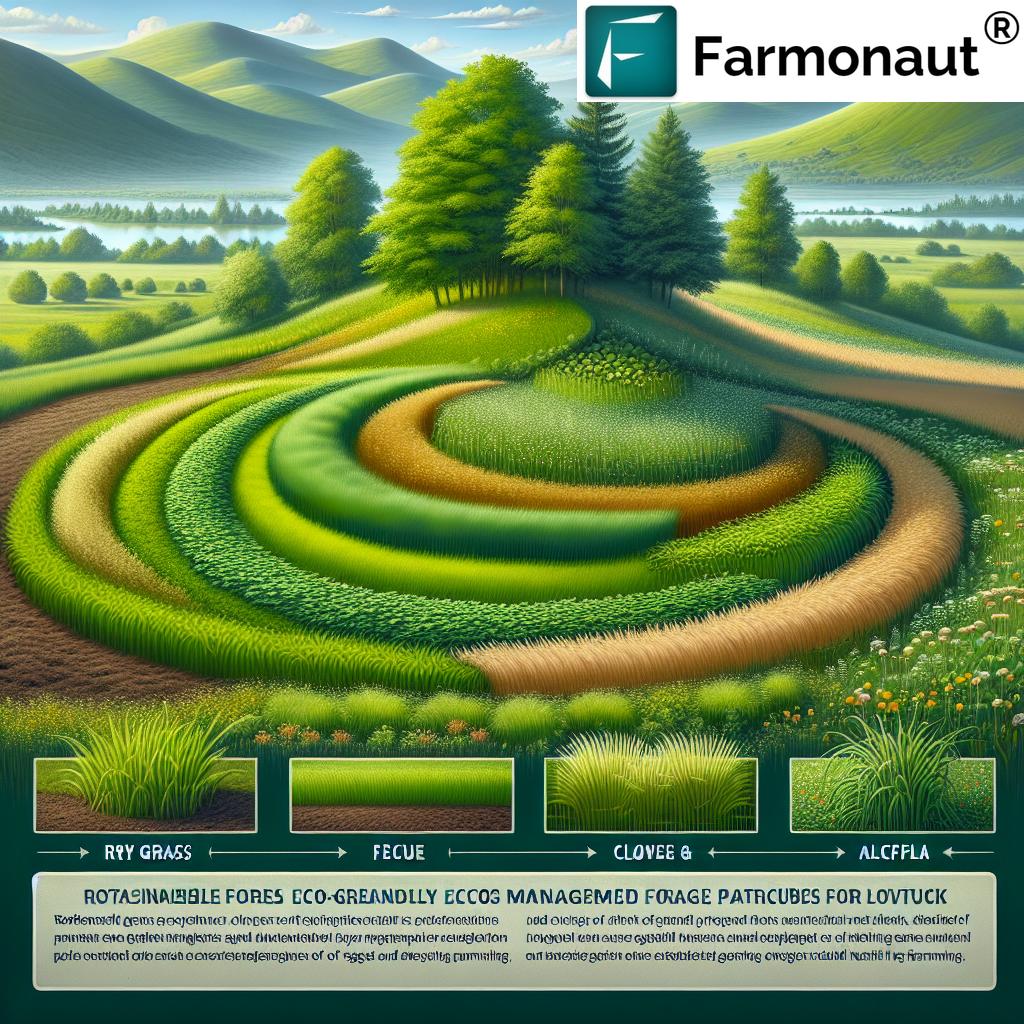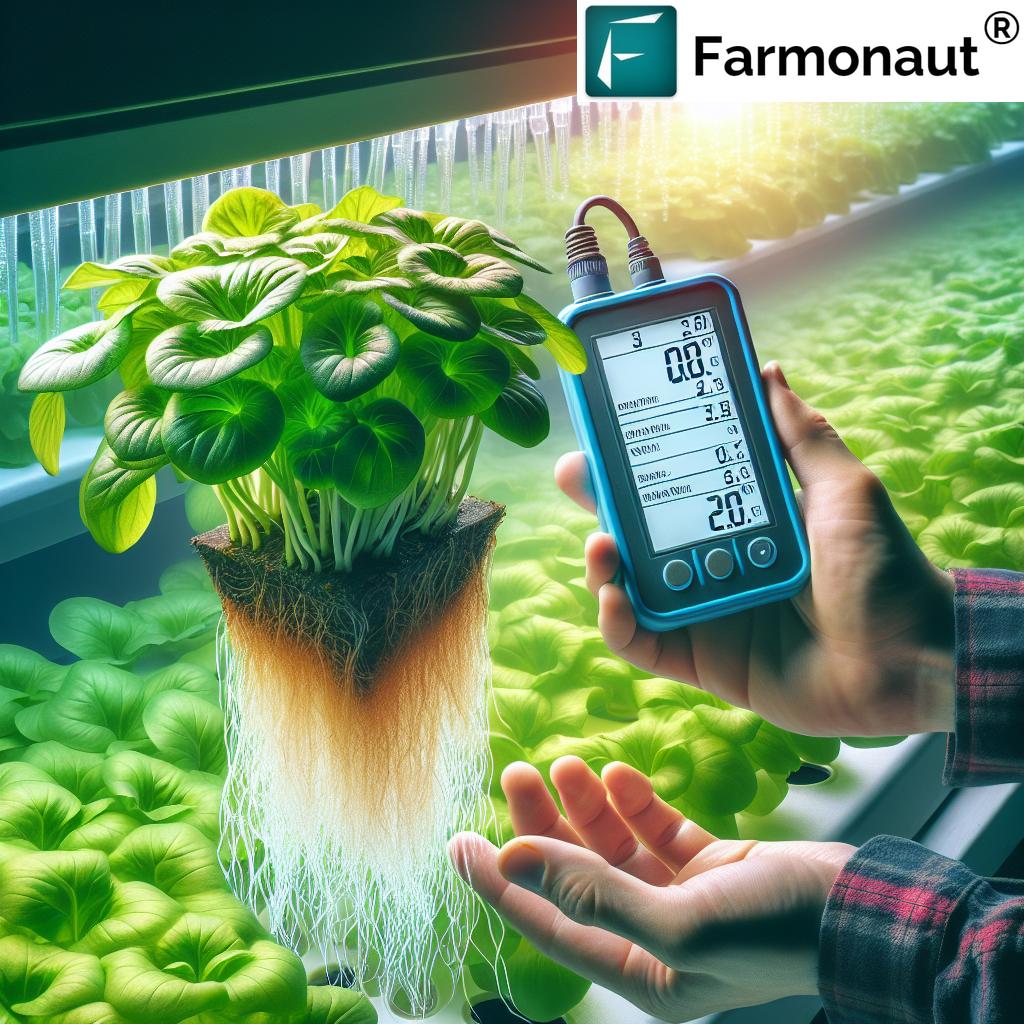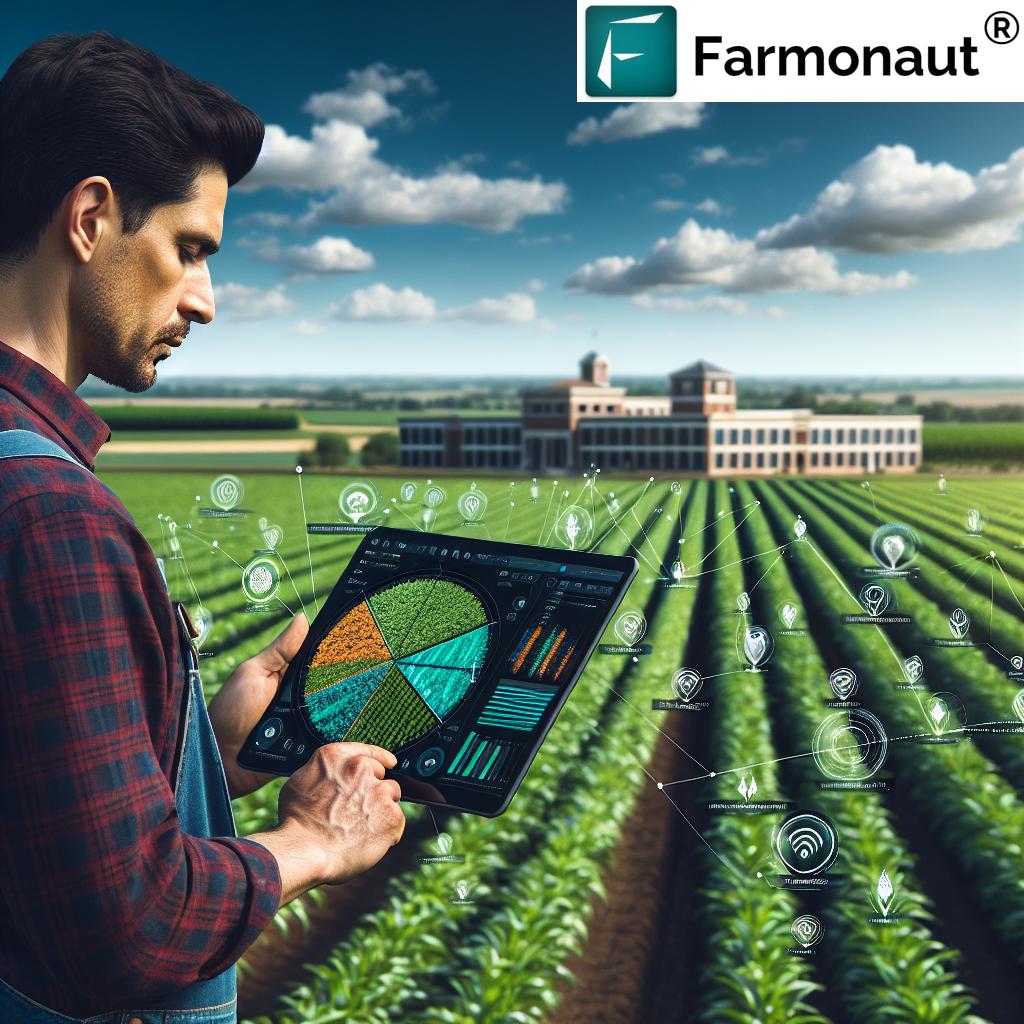Vertical Hydroponics: 7 Powerful Benefits for Urban Farming
Meta Description: Vertical hydroponics combines innovative vertical farming and hydroponic systems to revolutionize urban food production with high yields, space efficiency, and sustainability. Discover the 7 powerful benefits, cutting-edge technology, and solutions for the future of urban agriculture.
Understanding Vertical Hydroponics
As urban populations expand and arable land becomes increasingly scarce, innovative food production systems become crucial for our future. Vertical hydroponics emerges at the forefront of this transformation, seamlessly blending advanced hydroponic systems with vertical farming solutions. This approach is rapidly shaping the next era of efficient, sustainable food cultivation, particularly within densely populated urban environments.
Vertical hydroponics refers to a method where plants are cultivated in vertically stacked layers using hydroponic technology, meaning plants grow without soil, directly absorbing nutrients from a water-based solution. The technique relies on controlled environment agriculture (CEA) — regulating light, temperature, humidity, and CO2 — to promote optimal plant growth, health, and productivity regardless of external weather or climate conditions.
In urban settings, where traditional soil-based farming is either impractical or impossible due to lack of land, vertical hydroponic systems unlock the ability to continuously produce fresh, nutritious food in previously unsuitable areas. By leveraging technological innovations in AI, IoT, and automation, these systems address not only the need for sustainable food production, but also the urgency of resource conservation, space efficiency, and reduced carbon footprint.
Core Principles and Techniques of Vertical Hydroponics
How Vertical Hydroponic Systems Work
At its core, vertical hydroponic farming utilizes the following key principles and techniques:
- Soilless Cultivation: Plants are grown without soil, their roots suspended in nutrient-enriched water solutions.
- Vertical Structures: Stacked layers, columns, or wall-mounted racks optimize the use of limited floor space by letting plants grow upward rather than outward.
- Controlled Environment: Precisely managed indoor farm environments maintain consistent temperature, humidity, and light for uninterrupted, high-quality production.
- Recirculating Water Systems: Water is recirculated and filtered to minimize waste. This results in water efficient farming methods that use up to 90% less water than conventional or traditional soil-based agriculture.
- Direct Nutrient Delivery: Essential nutrients dissolve in water and are delivered directly to plant roots, promoting faster growth and higher yields compared to soil systems.
This innovative approach offers unmatched efficiency and addresses issues linked to traditional agriculture, especially in urban regions where space, water, and year-round food availability are major concerns.
Images & Videos: The Urban Hydroponics Revolution
Key Benefits at a Glance:
- 10X yield per square meter versus soil farming
- Up to 90% less water usage
- Continuous, year-round food production
- Minimal carbon footprint and transport costs
Urban Space Challenges and Limitations of Traditional Farming
Urban centers like Mumbai, Delhi, London, New York, and Singapore face an acute shortage of arable land for food cultivation. High population density, real estate costs, and sprawling concrete restrict the expansion of traditional soil-based farms. Conventional urban farming methods are limited by:
- Space Constraints: Sparse, expensive, and fragmented land parcels prevent large-scale cultivation.
- Resource Scarcity: Access to clean water, fertile soil, and adequate sunlight can be inconsistent or cost-prohibitive.
- Seasonal Variability: Outdoor crops are vulnerable to weather shifts, pollution, pests, and diseases.
- Logistics: Reliance on rural supply chains for fresh produce leads to higher transportation costs, food spoilage, and an increased carbon footprint.
- Food Security: Urban reliance on distant agricultural zones reduces resilience and continuity of food supply.
Vertical hydroponic farming solutions provide a transformative answer to these urban agriculture challenges, reimagining the way we optimize space, resource use, and food security right within our cities.
7 Powerful Benefits of Vertical Hydroponics for Urban Farming
1. Space Efficiency: Maximize Urban Cultivation
Vertical hydroponics stands out for its unparalleled space efficiency. By stacking plants in vertical structures, we optimize limited urban real estate — whether that is on rooftops, balconies, or even inside repurposed warehouses.
- More food per square meter: Multiple layers of crops allow us to cultivate 5 to 10 times the produce volume in the same footprint compared to traditional horizontal beds.
- Perfect for confined spaces: Urban hydroponic farming enables fresh food production in settings previously unsuitable for agriculture, from dense residential buildings to commercial complexes.
- Scalability: Systems can be tailored from small hobby setups to industrial-scale vertical farms.
According to whatisgreenliving.com, vertical systems can deliver a 10-fold increase in crop yield per square meter, making them especially beneficial in densely populated urban environments.
2. Water Conservation: Sustainable and Inherently Efficient
Water use is a critical issue in global agriculture, especially for urban regions facing scarcity. Hydroponic systems are designed to recirculate and conserve water, greatly reducing waste.
- 90% water savings: Recirculating closed-loop systems minimize evaporation and runoff. This level of water efficiency turns hydroponic vertical farming into a viable urban food production solution, even in regions with severe water shortages.
- Precision management: Sensors and automated controls deliver exactly the nutrients and moisture plants need, further reducing resource waste.
Reference: agrinextcon.com
3. Year-Round Production: Continuous Food Supply
Vertical hydroponics leverages controlled indoor environments to enable continuous, reliable production throughout the year.
- No seasonality constraints: Temperature, humidity, and light are artificially optimized for uninterrupted plant growth.
- Steady supply: Urban consumers can access fresh, locally grown food regardless of weather, climate, or outdoor growing seasons.
Continuous cultivation enhances urban food security and reduces dependence on unpredictable external sources. Learn more at opticlimatefarm.com
4. Reduced Transportation Costs and Carbon Footprint
Locating indoor vertical hydroponic farms close to where consumers live slashes both logistics expenses and the environmental impact of food distribution.
- Lower food miles: Production and consumption occur within the same urban area, minimizing transport-related energy use and emissions.
- Reduced spoilage and wastage: Quicker delivery from farm to table ensures a fresher product and less food loss.
According to greenberg.news, this model significantly reduces the carbon footprint and costs tied to conventional urban food systems.
5. Improved Crop Quality: Healthier, Safer, and Nutritious
The controlled nature of vertical hydroponic environments delivers exceptional produce:
- Minimized pest and disease exposure — reducing the need for pesticides and chemical treatments.
- Cleaner produce: Since no soil is used, the risks of soil-borne contamination, heavy metal uptake, and pesticide residue are greatly reduced.
- Consistent nutrition: Hydroponic nutrient solutions are precisely formulated for optimal plant health, yield, and flavor.
Reference: opticlimatefarm.com
6. Enhanced Resource and Environmental Sustainability
Water efficient farming methods and reduced use of fertilizers, pesticides, and land characterize vertical hydroponic systems as a sustainable solution to urban agriculture.
- Minimal land use: Maximize output while having a small ecological footprint in urban cores.
- Lower greenhouse gas emissions: Reduced transport, energy, and chemical inputs support global carbon reduction goals.
- Less runoff and pollution: Closed systems recirculate water and nutrients, protecting local waterways and reducing waste.
Track, monitor, and reduce your agricultural environmental impact with Farmonaut’s carbon footprinting technology for farming operations.
7. Labor Efficiency and Urban Resilience
Vertical hydroponic systems utilize advanced monitoring and automation for:
- Lower labor requirements: Automated nutrient delivery, lighting, seeding, and harvesting decrease manual input.
- Urban resilience: Local production fosters urban food autonomy during disruptions to external supply chains.
- Appealing, high-tech jobs: New roles are created in technology management, plant science, and system maintenance.
With climate uncertainty and pandemics like COVID-19 highlighting the vulnerabilities of global food supply chains, urban hydroponic farming offers a resilient, reliable solution for city dwellers.
Comparative Table: Vertical Hydroponics vs Traditional Urban Farming
| Benefit | Vertical Hydroponics | Traditional Urban Farming |
|---|---|---|
| Space Efficiency | Stacked layers; Up to 10X yield per m² | Single layer; Limited yield per m² |
| Water Savings | Uses up to 90% less water (closed-loop, recirculates) | High water consumption; losses to soil and evaporation |
| Yield Increase | 5–10X higher yields; rapid plant growth | Standard seasonal yields; slower growth |
| Pesticide Reduction | Minimal/none; clean pest-free produce | Frequent use; soil-borne pests common |
| Labor Requirement | Low; automation/monitoring handles many tasks | High; manual seeding, watering, weeding |
| Sustainability | High; efficient input use, reduced waste, minimal land | Moderate; higher inputs, more waste |
| Year-Round Production | Yes; climate/lighting controlled | No; depends on seasons and weather |
How Advanced Technologies Support Vertical Hydroponics
To fully realize the potential of vertical hydroponic systems in urban environments, we increasingly rely on next-generation technologies. Hydroponic farming technology today integrates tools that optimize every aspect of indoor plant cultivation:
- Artificial Intelligence (AI): AI-driven platforms predict plant growth patterns, auto-tune lighting, irrigation, and nutrients, and minimize human error. Machine learning models analyze real-time and historical data to deliver precision-guided decisions and higher yields.
- Internet of Things (IoT): IoT sensors relay critical metrics (temperature, nutrient level, humidity, CO2, light) to a central dashboard. This connectivity allows remote, real-time monitoring and control for optimal crop health and growth.
- Automation and Robotics: Automated planting, harvesting, and system maintenance reduce manual labor and operating costs, boost efficiency, and support large-scale, reliable production.
Learn how Farmonaut leverages AI and remote sensing for sustainable, efficient agriculture in their large-scale farm management tools.
For in-depth system integration and customization, visit the Farmonaut API and explore the API developer documentation.
Blockchain for Food Traceability and Trust
Blockchain technology is revolutionizing transparency in urban agriculture. With Farmonaut’s Product Traceability solutions, urban hydroponic farmers can track every step from seed to shelf. This secures local supply chains, prevents fraud, and builds consumer confidence in the origin and quality of urban-grown produce.
Farmonaut: Empowering Urban Hydroponic Farming
Farmonaut is a pioneering agricultural technology provider that enables precision farming through satellite imagery, AI, and blockchain. Our platform supports vertical hydroponics by offering real-time crop health monitoring, efficient resource management, and actionable intelligence— all easily accessible on Android, iOS, and web/browser apps.
- Real-Time Crop Health Monitoring: Multispectral satellite images (NDVI) and AI analytics detect plant stress, nutrient deficiencies, and disease onset for all crops—including those in vertical hydroponic setups.
- Jeevn AI Advisory System: Delivers instant, personalized recommendations to optimize system maintenance, irrigation, light cycles, and yield.
- Environmental Tracking and Carbon Footprinting: Farmers can measure, track, and mitigate their environmental impact with real-time carbon data.
Explore urban hydroponic farming strategies and manage your city farm efficiently with our carbon footprinting platform and large-scale farm management app.
Key Challenges and Considerations in Vertical Hydroponics
While vertical hydroponic farming offers substantial rewards, several operational and economic challenges must be addressed for broad adoption:
1. High Initial Investment
- Capital costs for infrastructure, hydroponic system installation, and automation technology are significant barriers for many urban growers.
- ROI: Though running costs are low, profitability typically requires scale or premium crop markets.
Find out how you can obtain satellite-verified farm insurance and loans to secure project funding on the Farmonaut Crop Loan & Insurance page.
2. Energy Consumption
- Artificial lighting (LEDs) and climate control systems can lead to high energy use. The environmental benefit of sustainable food production is directly tied to using renewable or green energy sources.
Reference: Wikipedia Vertical Farming
3. Technical Expertise Requirement
- System maintenance, hydroponics, and plant science knowledge are crucial for achieving optimal growth and efficient operations.
- Ongoing learning and upskilling in the latest innovations, AI, and IoT is necessary to keep pace with industry advances.
4. Limited Crop Variety
- Leafy greens, herbs, and some fruits thrive in hydroponic vertical systems, but root vegetables and large fruiting crops remain challenging due to space and support constraints.
Reference: kisaanhelpline.com
However, as hydroponic techniques evolve and breeding programs develop compact or specialty plant varieties suitable for indoor plant cultivation, we expect the crop range to expand.
The Future of Vertical Hydroponic Farming
Vertical hydroponics is poised to transform urban food landscapes in the coming decades.
- Technological advancements — in LED lighting, bioinformatics, nutrient management, and AI-driven controls — are continually enhancing system efficiency and yield.
- Scaling accessibility: As costs reduce and cloud-based platforms like Farmonaut provide user-friendly, data-driven tools, affordable hydroponics will become more widespread, even for smaller-scale or community-focused urban agriculture projects.
- New markets and crop varieties: Research and breeding for vertical farming promise new vegetable, herb, and berry varieties tailored for urban blueprints.
Learn about the latest trends and deployments at Axios: Indoor Vertical Farming Grows Up
Forward-thinking urban planners, landlords, and policy-makers are increasingly looking to vertical hydroponic farming to address the complex matrix of food security, employment, sustainable production, and urban resilience.
At Farmonaut, we are committed to supporting the next generation of controlled environment agriculture through affordable data, AI-driven insights, and resource optimization.
Frequently Asked Questions (FAQ)
- What is vertical hydroponics?
-
Vertical hydroponics is an indoor agricultural technique that combines vertical farming structures with hydroponic systems—plants grow without soil in vertically stacked layers, directly absorbing nutrients from a water-based solution in a controlled environment agriculture (CEA) setup.
- What are the biggest benefits of vertical hydroponics in urban farming?
-
The key benefits include: space efficiency, water savings, year-round production, reduced transport and carbon emissions, improved crop quality, labor efficiency, and environmental sustainability.
- Which crops grow best in vertical hydroponic systems?
-
Leafy greens (lettuce, spinach, kale), herbs (basil, mint), and some fruiting crops (strawberries, tomatoes) thrive in these systems. Advances in plant breeding may expand options in the near future.
- Is vertical hydroponic farming affordable for small urban growers?
-
Initial costs can be high, but scalable modular systems, decreasing technology prices, and subscription-based data tools (like Farmonaut) are making vertical hydroponics increasingly accessible for small and medium urban growers.
- How does Farmonaut support urban hydroponic farms?
-
Farmonaut offers satellite-based crop health monitoring, AI recommendations, blockchain-based traceability, resource management, and environmental tracking tools, enabling growers to optimize productivity, efficiency, and sustainability in vertical hydroponics and other modern agricultural systems.
- Where can I access Farmonaut’s solutions?
-
Farmonaut’s platform is accessible through Android, iOS, and web/browser applications, as well as through developer-friendly APIs for custom integrations.
Farmonaut Subscription Details
Farmonaut offers flexible, affordable subscription plans tailored to individual farmers, agribusinesses, and urban growers. Easily scale from single-site to large-scale or research integrations—enabling affordable precision agriculture in any setting.
Conclusion: Vertical Hydroponics – The Smart, Sustainable Urban Farming Solution
Vertical hydroponics brings us closer to a future where sustainable food production is possible directly within the heart of cities. By maximizing space, using water efficiently, enabling year-round cropping, and leveraging breakthrough technology, it offers a robust solution to urban agriculture’s greatest challenges.
Supported by advanced farm management tools, traceability, and remote sensing technology from providers like Farmonaut, the dream of reliable, healthy, locally produced urban food is no longer just a vision — it’s a powerful reality, empowering farmers, entrepreneurs, and communities to cultivate a greener, more resilient urban world.
Start your journey with vertical hydroponics and smart farm management tools now!



